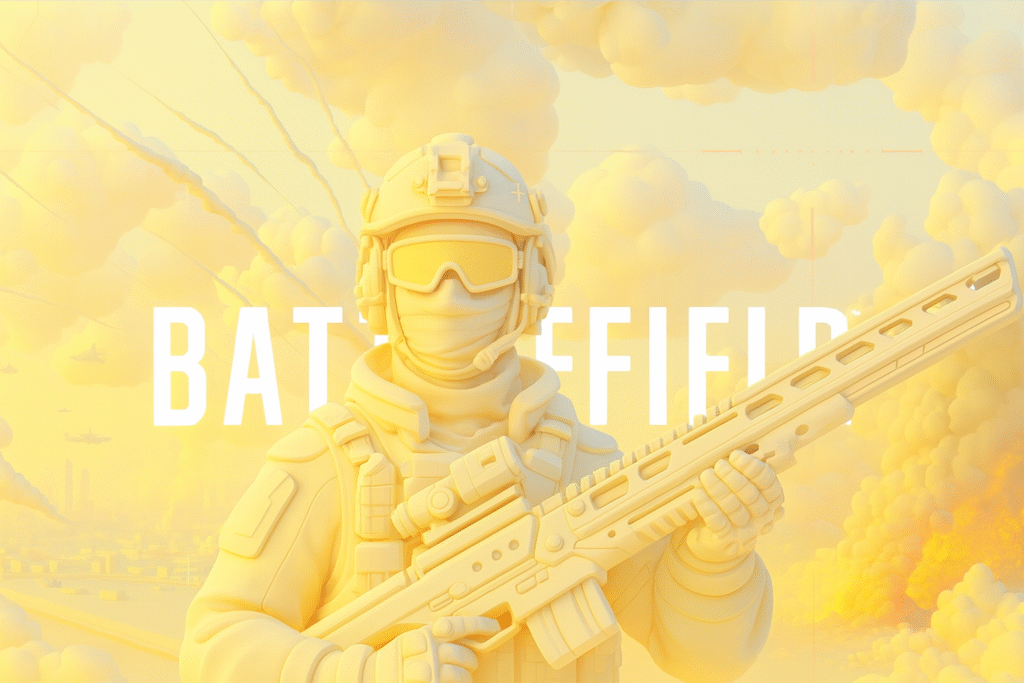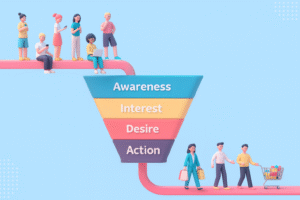In the case of growth teams, the path to Time-to-Fun will frequently determine whether a new player will be a fan or will vanish.
The aha-moment in squad-based shooters is buried under steep learning curves, handing over complicated loadout decisions, and unbalanced matchmaking.
Formed in the right way, Battlefield 6 boosting is like a combination of assisted progression and coaching, allowing players to reach competence sooner without causing a lack of trust.
This playbook makes increasing a quantifiable growth strategy: it explains how and when to boost it, how to package it, and which metrics it should lead to activation, retention, and LTV.
The Growth Problem It Solves
New players seldom churn due to a bad game, they churn due to the perception of slow or opaque progress.
A calibrated Battlefield 6 boost enables players to take on the first difficulty cliff to enable groups to engage meaningfully (viable loadouts, map knowledge, role definition) in fewer sessions.
It is an accelerator within a larger lifecycle, not a silver bullet.
Friction Points in BF6 Onboarding
- Time-to-first-win remains long for fresh squads.
- Role confusion and Gear delay competence.
- Not clear next steps: players are not sure what to grind.
Why Assisted Progression Works
- It produces quick wins that open the door to intrinsic motivation
- It normalizes the initial development so coaching sticks.
- It leads to fewer social penalties: friends are able to play with one another at equal strength at a faster time.
Messaging that Converts (Acquisition & CVR)
Outcome-based copies are better than feature lists. Be direct to the point: “Get to competitive loadouts by Session 3”, “Get your first class mastery with coaching included”, “No account risk, transparent scope”.
It is here that a light, benefits-first reference to BF6 boost can be trusted: when it is packaged as something like a learning shortcut, rather than as a skill-substitute.
Social verbals count: brief gamer testimonies, player roster photos, and developmental graphs confirm assertions.
Pricing and packaging must point out simplicity (no more than three levels), transparency in the queue, and responsiveness in support.
When there are bundles included on a pricing page, only reference BF6 services are included once, with results per tier instead of SKU mayhem.
Retention, LTV, and Community Health
It is not a single jump, but a drug habit. Programs that add BF6 boosting to micro-coaching (short notes after a game, what to expect the next game) form loops: players go back to implement feedback, watch improvements, and re-interact.
Natural reactivation triggers, such as map updates, balance passes, and limited-time events, are provided through seasonal content, which ensures that boosted players will have a reason to revisit Battlefield 6 and continue to learn.
What to Measure
- D1/D7/D14 retention, versus non-boosted cohorts.
- The length of the session and frequency of sessions during the 30 days after the boost.
- Coach add-ons and role specialization bundle repeat order rate.
Partner Models and Execution
Marketers ought to audit operational readiness prior to the launch.
Should you provide Battlefield 6 services, the SLA of the documents (start times, estimated time of stay), the comms channels, dispute resolution, and zero tolerance of harmful behavior.
Any vetted Battlefield 6 boosting service or BF6 boosting service must certify boosters, record match results, and provide post-session notes demonstrating learning worth.
Packaging that Works
- Raw carry is beaten out by Carry + Coaching. The game is played in real time, the squad keeps track of the rotations, and notes are made.
- Clarity of the scope: maps, modes, and target milestones per tier.
- No harm to accounts, no risky actions, no grey tactics. Write this down and say it all through the funnel.
Experimentation Framework (A/B & Cohorts)
Use the program as a growth feature.
Begin with a 10-15% traffic pilot and instrument all the touch points. Capacity planning is to take into account the supply based on a vetted Battlefield 6 booster pool, and queue estimates are surfaced on-site.
Tests to Run
- Value messaging: “Time to Fun” vs “Skill Jumpstart”.
- Price anchoring: three levels of grids and a distinctly defined most popular plan.
- Packaging: Solo focus, vs. Squad packages; Same day vs. Schedule slots.
- Creative: short UGC videos vs statical progress charts on the landing pages.
Cohort Analysis
Compare boosted vs non-boosted cohorts in 30 days: activation rate, retention slope, and ARPU. In case uplift is felt during the first week and is lost, consider adding re-engagement hooks (discounted refresher coaching, role-specific challenges).
30-60-90 Day Go-to-Market Plan
Day 0–30 (Pilot)
Restrict profiles (veterans, time-starved newcomers). Offer ≤3 SKUs. Post a trust page: SLAs, safety, posture towards refunds, and what coaching is. Include a basic NPS survey at the end of the session.
Day 31–60 (Scale)
Expand channels: creator affiliates, with strict brand regulations, performance advertising, on “Time-to-Fun” pain points, and CRM drip, on prompts at the second session. Introduce squad bundle referral credits.
Day 61–90 (Optimize)
Reduce operations, trim SKUs, and introduce savings on churns (short coaching refreshers). Publish anonymized case studies, including cohort graphs.
Frequently Asked Questions
What is boosting in BF6, and how does it differ from coaching?
Boosting helps in gradual advancement to a specific goal (rank, unlocks, or mastership of a class). Each session becomes a lesson with notes and next steps through coaching. The hybrid is best suited to sustainable improvement.
What does a carry include?
A Battlefield 6 carry usually means a veteran squad helps complete specific objectives while the customer participates. A BF6 carry with coaching includes short debriefs and role tips so gains persist after the session.
How long does a typical session take?
Sessions of most milestone sizes are done within a number of matches, depending on the time spent in queues and the coordination of the squads. Start windows and duration expected must be written in SLAs.
How is progress documented?
An effective provider records match results, milestones met, and coaching notes, and makes a basic report to be used next time.
Conclusion & Next Steps
Framed as a process of assisted progression with actual coaching, the increase will be a valid growth lever: reducing Time-to-Fun, retention will even out at an early stage, and LTV will be pushed up without hurting communal trust.
The prescribed course of action is straightforward: pilot 30 days, minimize SKUs, instrument everything, and issue open SLAs.
Provided the pilot demonstrates lift, think broadly, maintain the feedback loop alive, and be part of the quarterly roadmap of the team.
When it is done right, it turns first wins into long play.








